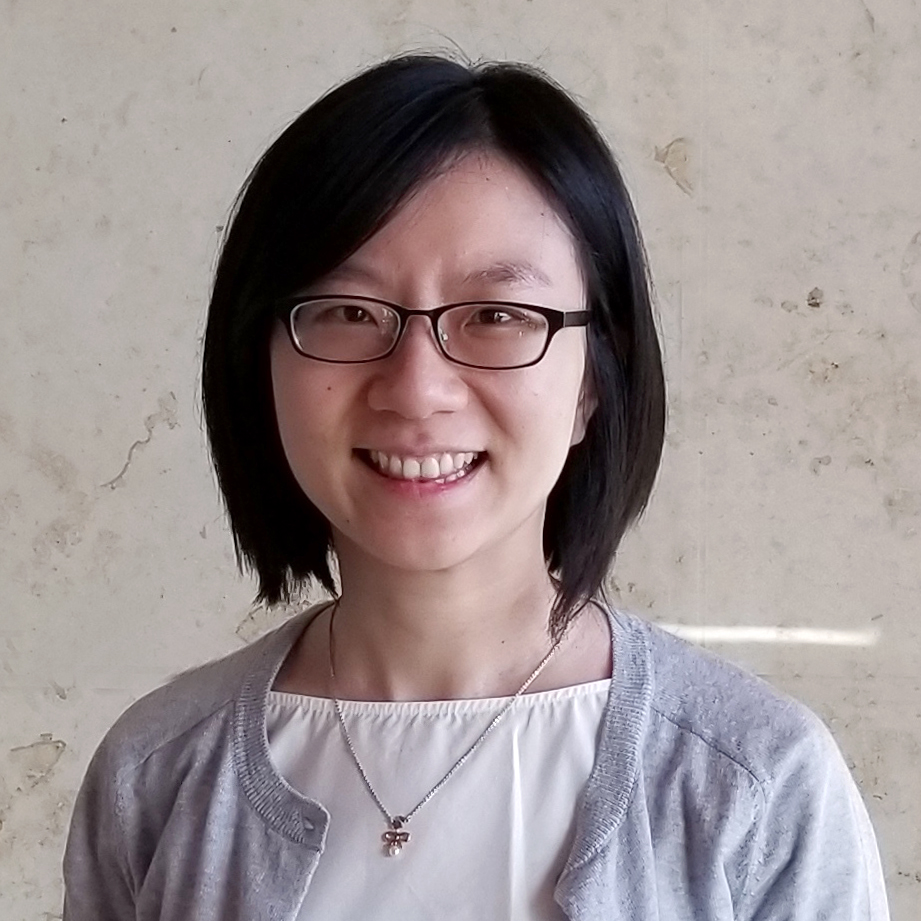
Dr Chia-Ching Chou
Research Scholar
Laboratory of Computer Science
Massachusetts General Hospital
Dr Chia-Ching Chou received her BS and MS degrees from National Taiwan University (NTU) and her PhD degree from Massachusetts Institute of Technology under the supervision of Professor Markus J Buehler. She is now a Research Scholar in the Laboratory of Computer Science at Massachusetts General Hospital (MGH), USA. Prior to joining MGH, Dr Chou had worked in the finance industry. Her research interests are in the area of computational mechanics of biomaterials and clinical decision support in healthcare. By the employment of atomistic and multiscale computational modeling, her work identifies the structure and to formulate the principles of the mechanics for a variety of intriguing materials, including protein-based biomaterials and polymers. In the healthcare field, she focuses on developing algorithms and tools to link diagnosis, medical treatments and outcomes to improve the process of diagnosis and related treatment.
Ion Effect and Metal-Coordinated Cross-Linking for Multiscale Design of Nereis Jaw Inspired Mechanomutable Materials
The Nvjp-1 protein is a key component in the jaws of Nereis virens, a species of marine worm. It contains over 25 mol % of histidine, which is believed to play a key role in the metal-coordinated cross-linking responsible for the structural stability and exceptional mechanical performance of the worm jaw. Understanding the nanoscale mechanism behind this cross-linking and its pathway in affecting the macroscopic mechanical behavior of the material is crucial to develop bioinspired mechanomutable materials based on Nvjp-1. Here, we use a combination of multiscale modeling and experimental synthesis to understand the behavior of this heterologous-expressed protein from the nano- to the macroscale. We have built a bottom-up molecular-based model, which includes electronic-based density functional theory calculations, atomistic simulation of the nanoscale properties with replica exchange molecular dynamics, and an elastic network model for describing the macroscale behavior at different pHs. This multiscale modeling supports the experimental synthesis of a photo-crosslinked Nvjp-1 hydrogel by proving both the nanoscale mechanisms and mechanical behavior predictions. Our theoretical results agree well with the experimental observations, showing that Nvjp-1 forms a more compact structure in the presence of Zn2+ ions with a suitable pH environment, leading to the formation of more stable intramolecular metal-coordinated crosslinks. These metal-coordinated cross-links induce nanoscale aggregation of Nvjp-1, which is responsible for the hydrogel contraction observed in experiments and predicted by the model.
This work has published in ACS Nano.